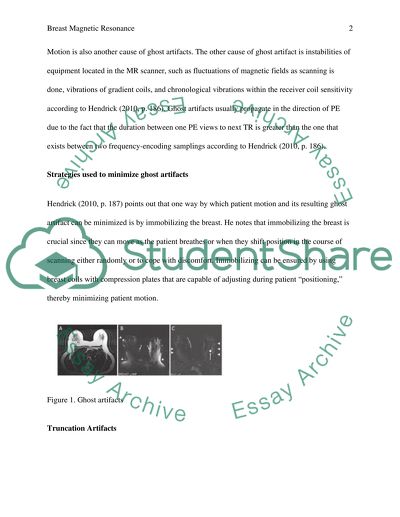Cite this document
(“Breast Magnetic Resonance Essay Example | Topics and Well Written Essays - 2000 words - 1”, n.d.)
Breast Magnetic Resonance Essay Example | Topics and Well Written Essays - 2000 words - 1. Retrieved from https://studentshare.org/health-sciences-medicine/1456784-breast-magnetic-resonance
Breast Magnetic Resonance Essay Example | Topics and Well Written Essays - 2000 words - 1. Retrieved from https://studentshare.org/health-sciences-medicine/1456784-breast-magnetic-resonance
(Breast Magnetic Resonance Essay Example | Topics and Well Written Essays - 2000 Words - 1)
Breast Magnetic Resonance Essay Example | Topics and Well Written Essays - 2000 Words - 1. https://studentshare.org/health-sciences-medicine/1456784-breast-magnetic-resonance.
Breast Magnetic Resonance Essay Example | Topics and Well Written Essays - 2000 Words - 1. https://studentshare.org/health-sciences-medicine/1456784-breast-magnetic-resonance.
“Breast Magnetic Resonance Essay Example | Topics and Well Written Essays - 2000 Words - 1”, n.d. https://studentshare.org/health-sciences-medicine/1456784-breast-magnetic-resonance.


